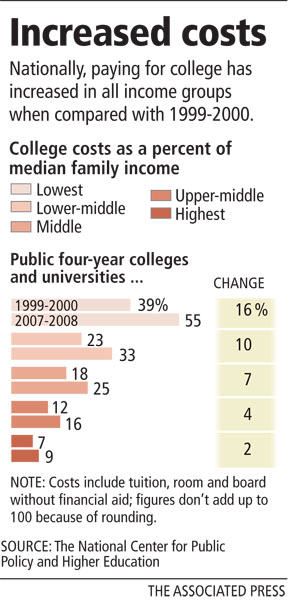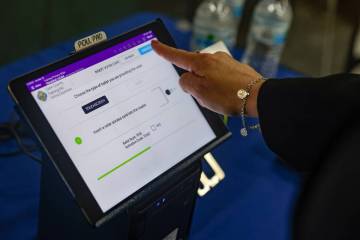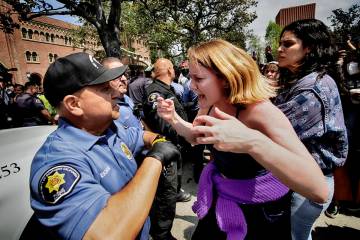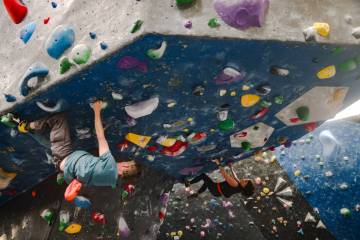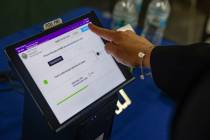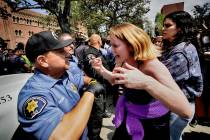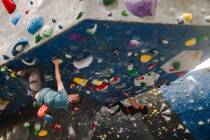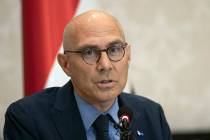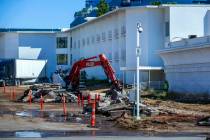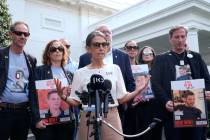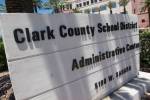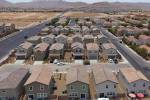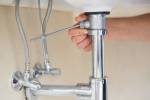49 states get failing grade for college cost
An independent report on American higher education flunks all but one state when it comes to affordability, an embarrassing verdict that is unlikely to improve as the economy contracts.
The biennial study by the National Center for Public Policy and Higher Education, which evaluates how well higher education is serving the public, handed out Fs for affordability to 49 states, up from 43 two years ago. Only California received a passing grade in the category, a C, thanks to its relatively inexpensive community colleges.
The report card uses a range of measurements to give states grades, from A to F, on the performance of their public and private colleges. The affordability grade is based on how much of the average family's income it costs to go to college.
Almost everywhere, that figure is up, the survey found. Only two states -- New York and Tennessee -- have made even minimal improvements since 2000, but they're still considered to be failing.
Everywhere else, families must fork over a greater percentage of their income to pay for college.
In Illinois, the average cost to attend a public four-year college has jumped from 19 percent of a family's income in 1999-2000 to 35 percent in 2007-2008. In Pennsylvania, the cost jumped from 29 percent to 41 percent.
Nevada's higher education leaders, grappling with budget cuts, could decide this week to raise tuition by as much as 25 percent. Students have made it known they plan to protest such an increase.
It costs about $4,500 a year to attend the University of Nevada, Las Vegas, not including books or room and board. Despite that relatively low tuition, Nevada consistently earns an F in the affordability report.
Local leaders say that's because Nevada doesn't provide enough need-based aid to college students.
Need-based aid available to Nevada students also has not increased in more than 10 years, according to an internal system report from earlier this year.
"To me, that is always the biggest issue for us," said Jane Nichols, vice chancellor for academic and student affairs for the Nevada System of Higher Education. "Need-based aid is vital."
Nationally, enrollment at local public colleges costs families in the top fifth of income just 9 percent of their earnings, while families from the bottom fifth pay 55 percent, up from 39 percent in 1999-2000.
And that's after accounting for financial aid, which is increasingly being used to lure high-achieving students who boost a school's reputation but who don't need help to go to college.
The affordability problem may worsen as the economy does, said Patrick Callan, president of the National Center for Public Policy and Higher Education.
Historically during downturns, "states make disproportionate cuts in higher education and, in return for the colleges taking them gracefully, allow them to raise tuition," Callan said. "If we handle this recession like we've handled others, we will see that this gets worse."
States fared modestly better in other categories such as participation, where no state failed and about half earned As or Bs, comparable to the report two years ago.
One reason for the uptick is that more students are taking rigorous college-prep courses, the study found.
In Texas, for instance, the percentage of high schoolers taking at least one upper-level science course has nearly tripled to 56 percent from 20 percent.
But better preparation for college hasn't translated into better enrollment or completion, with only two states -- Arizona and Iowa -- receiving an A.
And the discrepancy in enrollment between states is still great: Forty-four percent of young Iowans are in college, while just 18 percent of their counterparts in Alaska -- one of three states to get an F in the category -- are enrolled.
Callan said the United States is at best standing still while other countries pass it in areas such as college enrollment and completion.
And as higher education fails to keep up with population growth, the specter lurks of new generations less educated than baby boomers.
"The educational strength of the American population is in the group that's about to retire," Callan said. "In the rest of the world, it's the group that's gone to college since 1990."
Review-Journal staff writer Richard Lake contributed to this report.



